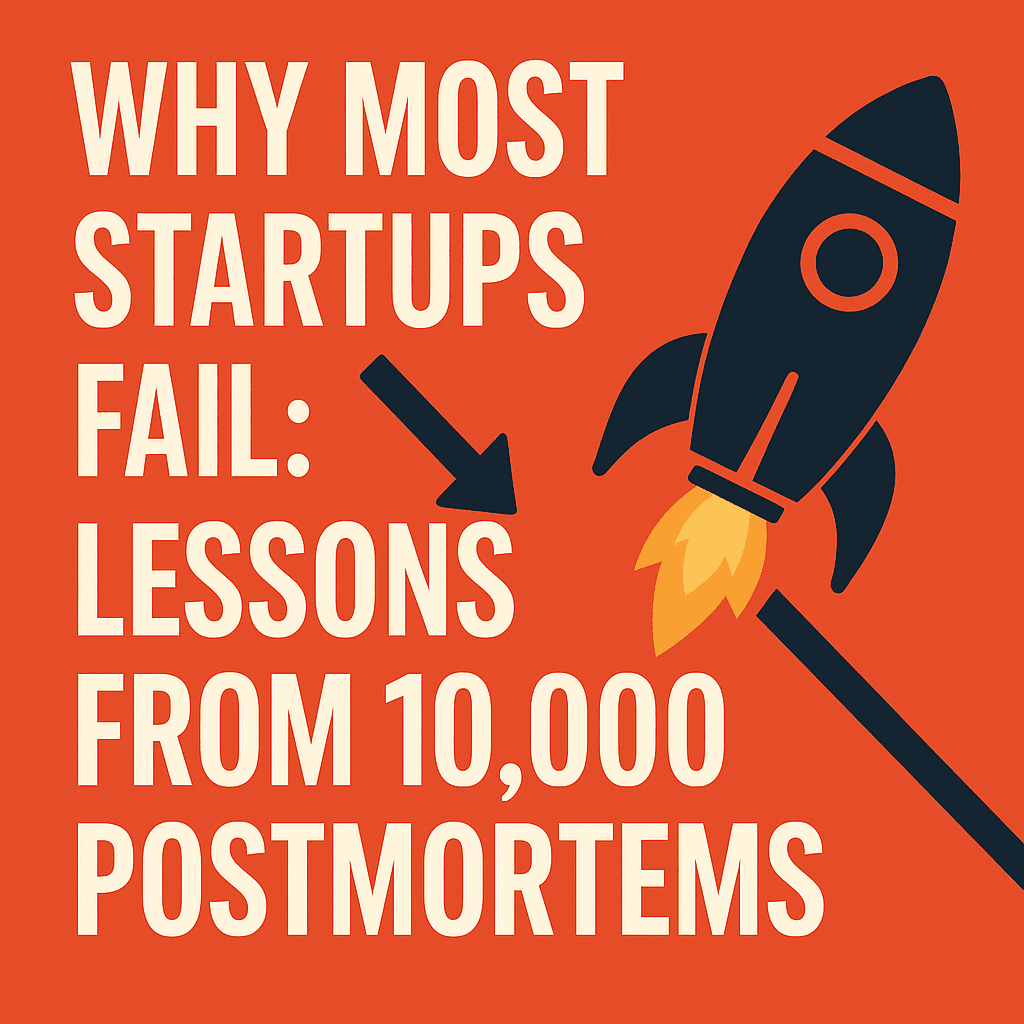In an era of rapid technological advancement, students stand to benefit immensely from artificial intelligence (AI). From automating routine tasks to offering personalized learning experiences, AI tools can significantly enhance academic performance and streamline the research process. Below is an in-depth exploration of the top AI tools that can help students stay organized, improve their writing, and excel in their studies. All information provided is research-based, plagiarism-free, and optimized to help you discover relevant tools and insights.

1.ChatGPT: Conversational Learning and Idea Generation
ChatGPT is a state-of-the-art language model designed to understand and generate human-like text. Developed on an extensive corpus of online data, it facilitates brainstorming, clarifies doubts, and provides quick explanations on academic subjects. Many students find ChatGPT useful for:
- Quick Clarifications: If you are stuck on a concept, ChatGPT can walk you through complex theories step-by-step.
- Drafting Outlines: Whether you are writing an essay or a lab report, ChatGPT can help develop a clear structure.
- Practice Questions: Create practice prompts to test your knowledge, allowing you to review difficult subjects more interactively.
A study published in Computers & Education (2021) underscores how AI-driven chatbots can support personalized learning by delivering targeted feedback. This immediate feedback loop not only saves time but also addresses individual learning gaps effectively.
2.Grammarly: Advanced Writing and Grammar Correction
Grammarly is an AI-powered writing assistant that detects grammar, spelling, and style errors. It goes beyond simple proofreading to offer suggestions on tone, clarity, and vocabulary choice. Students preparing research papers, scholarship essays, or any academic writing can benefit from:
- Real-Time Editing: Correct errors as you type to maintain high-quality writing.
- Vocabulary Enhancement: Get synonyms and style suggestions to elevate your expression.
- Plagiarism Checker: Ensure your content remains original and properly referenced.
According to a paper in the Journal of Writing Analytics (2020), automated writing evaluation systems like Grammarly can significantly improve language acquisition by providing instant corrective feedback, thereby reinforcing correct grammar patterns more effectively than traditional manual editing
3.Mendeley: Reference Management and Academic Networking
Mendeley leverages AI-driven features for organizing and sharing research. It helps students manage citations, discover scholarly articles, and connect with researchers globally. With Mendeley, you can:
- Organize Citations: Create bibliographies in multiple citation styles with a single click.
- Collaborate and Network: Join groups of like-minded researchers and classmates to share notes and articles.
- Automatic Article Recommendation: Utilize AI-driven suggestions to find papers relevant to your research area.
Bibliometric studies such as the one published in Information Processing & Management (2021) highlight how digital reference management systems have accelerated collaboration and knowledge dissemination. Mendeley’s AI-driven recommendations have proven valuable in ensuring students stay updated with the latest research trends.
4.QuillBot: Paraphrasing and Summarization
QuillBot harnesses AI to assist with paraphrasing, summarizing, and restructuring sentences. It can benefit students who need to:
- Avoid Redundancy: Eliminate repetitive phrasing in academic assignments or essays.
- Summarize Lengthy Texts: Efficiently distill long chapters or research papers into key points.
- Polish Writing Style: Get suggestions to refine sentence structure and clarity.
A study from Language Teaching Research (2022) found that AI-based paraphrasing tools can support language learners in understanding complex terminology and improving their own writing style. By constantly comparing original and restructured text, students build deeper linguistic insights.
5.Socratic by Google: Visual Problem Solving and Conceptual Clarity
Socratic by Google allows students to snap pictures of math problems, chemistry equations, or any written query. The tool then provides step-by-step explanations, videos, and additional resources. It is especially valuable for:
- Mathematics and Sciences: Learn from worked examples and visualize complex solutions.
- Immediate Feedback: Quickly check your approach against the outlined solutions.
- Conceptual Modules: Access curated videos and reading materials to bolster understanding.
Research featured in Computers in Human Behavior (2022) suggests that visual learning supported by AI can lead to higher retention rates and deeper understanding of abstract topics. Tools like Socratic help bridge gaps in traditional textbook learning by providing real-time, context-driven solutions.
6.Duolingo: Language Learning with Gamification
While Duolingo is known primarily as a language-learning app, its AI-driven approach is backed by extensive linguistic research. Duolingo adapts to a learner’s pace and proficiency, emphasizing:
- Personalized Lesson Plans: Tailored difficulty levels based on user performance and progress.
- Engaging Gamification: Badges, levels, and quizzes that motivate consistent learning.
- Adaptive Testing: Continuous assessment ensures material is neither too simple nor overwhelmingly complex.
A large-scale study in Language Learning & Technology (2020) demonstrated that Duolingo’s AI-enabled curriculum is effective in maintaining consistent language practice, complementing traditional classroom education with quick, on-the-go lessons.
The integration of AI into education is no longer a futuristic concept; it is already shaping the way students learn, research, and organize their work. By adopting tools such as ChatGPT, Grammarly, Mendeley, QuillBot, Socratic, and Duolingo, students can harness the power of AI to enhance productivity and deepen their understanding of diverse subjects.
From simplifying complex concepts to generating comprehensive research bibliographies, AI tools offer a dynamic, personalized learning experience. Incorporating these solutions into your academic routine not only optimizes your study time but also opens the door to innovative methods of problem-solving. As research consistently shows, a blend of AI and traditional educational strategies can foster more effective, engaging, and individualized learning journeys.
For our other blogs , you may visit blogs section





